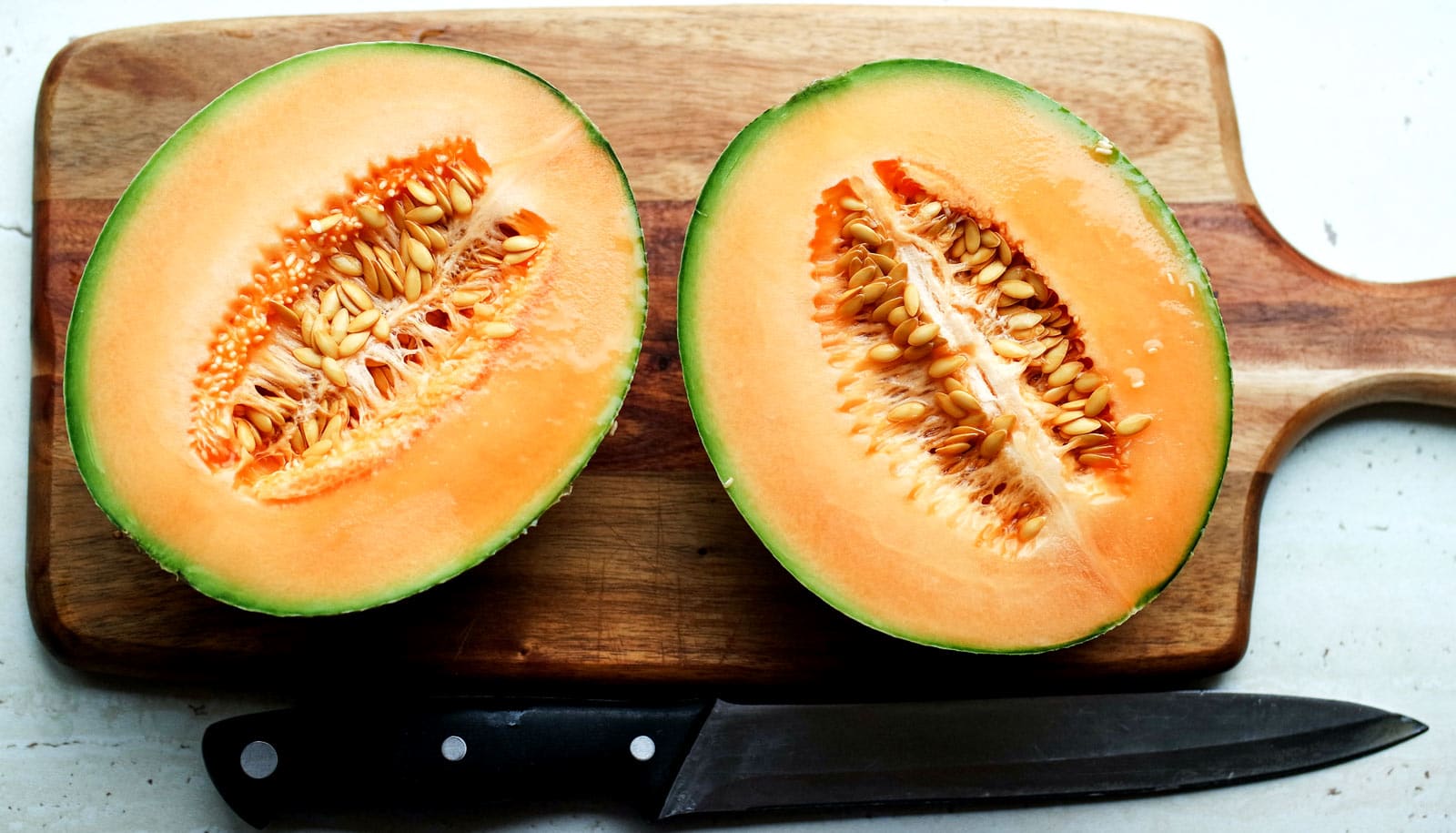Using roundworms, bioscientists have found a direct link between a diet with too little vitamin B12 and an increased risk of infection by two potentially deadly pathogens.
Despite their simplicity, 1-millimeter-long nematodes called Caenorhabditis elegans (C. elegans) share an important limitation with humans: They can’t make B12 and must get all they need from their diet.
In a paper in PLOS Genetics, researchers describe how a B12-deficient diet harms C. elegans‘ health at a cellular level, reducing the worms’ ability to metabolize branched-chain amino acids (BCAA). The reduced ability to break down BCAAs, leads to a toxic buildup of partially metabolized BCAA byproducts that damage mitochondrial health.
Researchers studied the health of two populations of worms, one with a diet sufficient in B12 and another that got too little B12 from its diet. At least 10 percent of US adults get too little B12 in their diet, a risk that increases with age, researchers say.
“We used C. elegans to study the effect of diet on a host and found that one kind of food was able to dramatically increase resistance to multiple stressors—like heat and free radicals—as well as to pathogens,” says lead author Natasha Kirienko, assistant professor of biosciences at Rice University.
The finding came as a surprise to Kirienko’s team, which first noticed the effect in experiments designed to investigate the mechanisms of pathogenesis of Pseudomonas aeruginosa (P. aeruginosa), a potentially deadly disease that infects some 51,000 US hospital patients each year, according to the Centers for Disease Control.
Her lab, like thousands of others worldwide, uses C. elegans as a model organism to study the effects of disease, drugs, toxins, and other processes that affect humans and animals. In many C. elegans research labs worms eat Escherichia coli (E. coli), a common human gut bacteria that is itself a model organism.
“We found that switching between E. coli strain OP50 and strain HT115 dramatically altered the worm’s stress tolerance,” Kirienko says. She says it took about two years of follow-up studies to isolate the biochemical mechanism of stress and pathogen resistance.
“The key difference between the two diets is the ability of HT115 and OP50 to acquire B12 from the environment,” says lead coauthor Alexey Revtovich, a research scientist. “We showed that HT115 is far more efficient at this, making about eight times as much of the protein that it needs to harvest B12 as compared to OP50.”
The researchers did numerous tests to confirm their results and rule out other possible mechanisms for the effect. They also found that C. elegans on an HT115 diet resisted infection from another deadly human pathogen, Enterococcus faecalis.
The study highlights the need for C. elegans labs worldwide to pay attention to the possible differential impacts of diet on experimental outcomes, says coauthor and undergraduate Ryan Lee.
“Some labs use OP50 as their standard food, and others use HT115 or even another strain of E. coli,” Lee says. “Our results show there are significant metabolic differences between these diets, and it’s likely those differences could contribute to substantial uncertainty in research outcomes.”
The National Institutes of Health, the Cancer Prevention and Research Institute of Texas (CPRIT), and the Welch Foundation funded the work.
Source: Rice University



